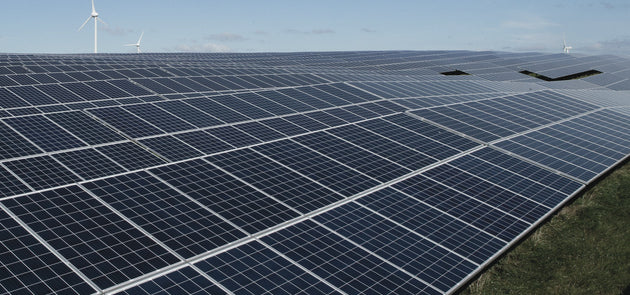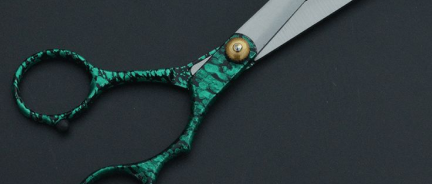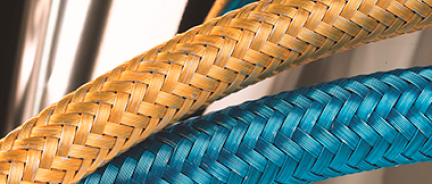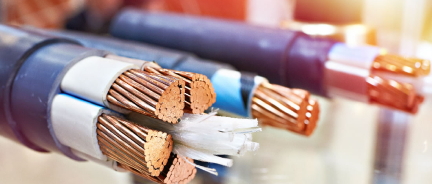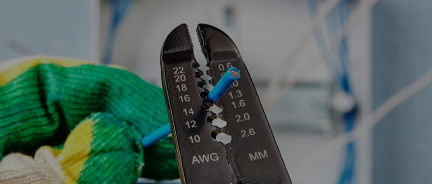Characteristics That Make VNTC Tray Cable Distinct From Other Types Of Building Cables
VNTC is the term that stands for Vinyl Nylon Tray Cable. While it is primarily known as tray cable, it is also a building wire, thanks to its THHN (or TFFN) conductors. This makes VNTC a unique blend of tray and building wire. THHN or THWN conductors are common for larger VNTC cables, while TFFN and TFWN are found in sizes below 14 AWG. This makes sense as smaller cables are supposed to be more flexible because they are used in fixtures.
The insulation of VNTC is vinyl PVC. The cable is ranked 600 volts. VNTC is rated as a type TC cable under Article 336 of the National Electric Code, which defines the standards for power and control tray cables. The cable is also approved for Class I & II, Division 2 hazardous locations. The cable is resistant to flames and sunlight. The cable also possesses second-grade resistance to oil, making it suitable for oil exposure at 75°C.
Tray Cable vs. Building Wire: Is VNTC Both?
Building wire is a construction cable used in most residential, commercial, and industrial buildings worldwide for power in circuit applications.
Tray cable is a cable installed in cable trays and raceways, which is its most definitive characteristic. It may or may not be used for power applications.
Since VNTC has a THHN/ TFFN conductor, it can also be used as a building wire. The difference between VNTC and regular THHN is that VNTC can be directly buried.
VNTC vs. TC-ER: Are They The Same?
VNTC cable may or may not carry an additional ER rating. If it does, it may be used just like any other TC-ER cable: openly, in an exposed run, without the additional use of conduit. If VNTC is not ranked as TC-ER, it is allowed to run in conduct, duct, raceways, and aerials. VNTC is also approved for direct burial.
VNTC is a common tray cable that doubles as a building wire. Thanks to THHN/ TFFN conductors, it is a cheaper alternative to other subtypes of tray cable that carry a more expensive XHHW conductor. Thanks to its double status as a building wire/ tray cable, VNTC is suitable for a wide range of applications, including residential, commercial, and moderate industrial ones.
Where to Buy?
VNTC Tray cables are available at excellent pricing at Nassau National Cable. All of our VNTC cables are also ER-rated. They are available with or without shielding. Some options in popular sizes are currently discounted.





